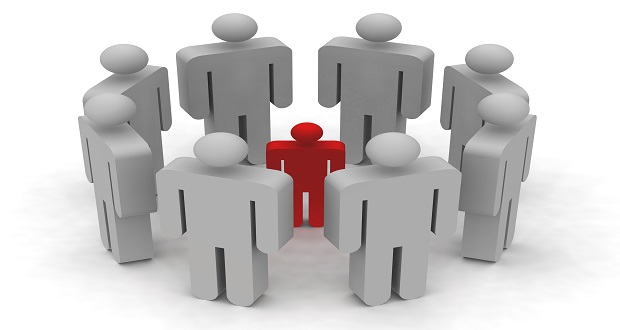
Bullying is front and center in the media today. Schools are addressing a rise in bullying, especially cyber bullying, with training and education programs. Last week, we learned that Richie Incognito, Miami Dolphins Guard, was suspended because of allegations that he bullied younger teammate, Jonathan Martin, who left the team as a result. Apparently Incognito has been bullying rookies for over 10 years. His father revealed that Incognito had himself been bullied in elementary school for being overweight. Experts say that it is common for victims of various kinds of abuse, including bullying, to repeat the abuse themselves, especially when they accumulate power over others when they get older.
Bullying is defined as the use of force, threat, or coercion to abuse, intimidate, or aggressively impose domination over others. The behavior is often repeated and habitual. One essential prerequisite is the perception, by the bully or by others, of an imbalance of social or physical power.
While we may perceive bullying as something that primarily happens in schools, more and more bullying is also becoming an issue in the workplace. Last year, The Winters Group conducted “bullying” training for a client that we framed as “Creating a Respectful Workplace”. In the case, several leaders had been perceived as bullies. Employees reported incidences of yelling, belittling and unreasonable demands.
According to the Workplace Bullying Institute, up to a third of workers may be the victims of workplace bullying. About twenty percent of workplace bullying crosses the line into harassment. The New York Times found that about sixty percent of workplace bullies are men, and they tend to bully male and female employees equally. Female bullies, however, are more likely to bully other females.
Bullying is a most egregious form of exclusion and discrimination, creating in many cases intolerable situations for the victims. Sadly some young people have taken their own lives as a result of bullying.
Often in training sessions, participants will ask if young people are more apt to be more accepting of difference because they are exposed to more. It does not seem so. What do you think?

![Decolonizing Diversity, Equity, and Inclusion Work: … Means Naming White Supremacy Culture [In Ourselves] Part IV](https://theinclusionsolution.me/wp-content/uploads/2020/05/rest-440x264.jpg)
















